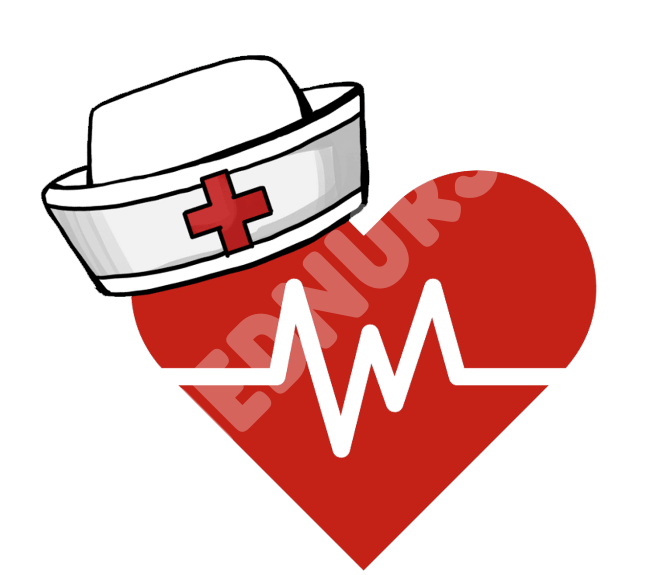News Details
- Home
- News Details

Nursing Documentation in the EMR: Do It Right, Every Time
Electronic Medical Records (EMR) are the backbone of modern nursing practice. Unlike paper charting, EMRs allow real-time communication across teams, improve patient safety, and provide a permanent record of care. But with that permanence comes responsibility. What you write—and how you write it—can impact patient outcomes, compliance, and even your license.
Back-Time vs. Real-Time Charting
Real-Time Charting: Best practice. Document immediately after providing care or assessments. This reduces memory errors and ensures other providers have the most accurate information.
Back-Timed Entries: Sometimes unavoidable (busy emergencies, multiple patients). Always note theactualtime care was provided and mark the entry as late. Never try to “rewrite” the past.
Why it matters:Regulators, attorneys, and auditors look for consistency. Back-timed notes without explanation raise red flags.
What to Avoid in EMR Documentation
- Copy-Paste Errors
Risk: Old, inaccurate info carried forward.
Example: Patient listed as “on oxygen” when it was already discontinued.
- Vague Language
Avoid “patient doing fine” or “appears stable.”
Instead: “Patient alert, oriented x3, BP 128/76, denies pain.”
- Subjective or Judgmental Comments
Never write: “Patient is rude” or “family is difficult.”
Keep it clinical: “Patient refused morning medication after education provided.”
- Abbreviations Not on the Facility List
Unsafe shorthand can be misread or misunderstood.
- Speculation
Don’t guess causes (“Patient may be drug-seeking”).
Stick to observed facts and patient’s own words.
What Makes a Good EMR Note
✔Timely:Document close to the time of care.
✔Factual & Objective:Record what you see, hear, do, and what the patient says.
✔Complete:Include interventionsandpatient response.
✔Clear & Concise:Avoid clutter; stick to clinically relevant details.
✔Professional:Neutral tone, free of slang, bias, or unnecessary detail.
What NOT to Write in a Patient’s EMR
🚫 Personal opinions about the patient, family, or other staff.
🚫 Side conversations, complaints, or gossip.
🚫 Irrelevant details (e.g., “patient’s spouse looked tired”).
🚫 Blame-shifting statements (e.g., “night shift forgot to…”).
🚫 Copy-paste without verification.
Remember:Every EMR entry is permanent. If it’s not something you’d want read aloud in court, don’t put it in the chart.
Final Takeaway
EMR documentation is more than a task—it’s your professional signature. Done well, it protects your patients, communicates care effectively, and shields you legally. Done poorly, it can create safety risks and liability.
Golden rule:Chart in real-time, stick to facts, avoid personal opinions, and always document interventions with the patient’s response